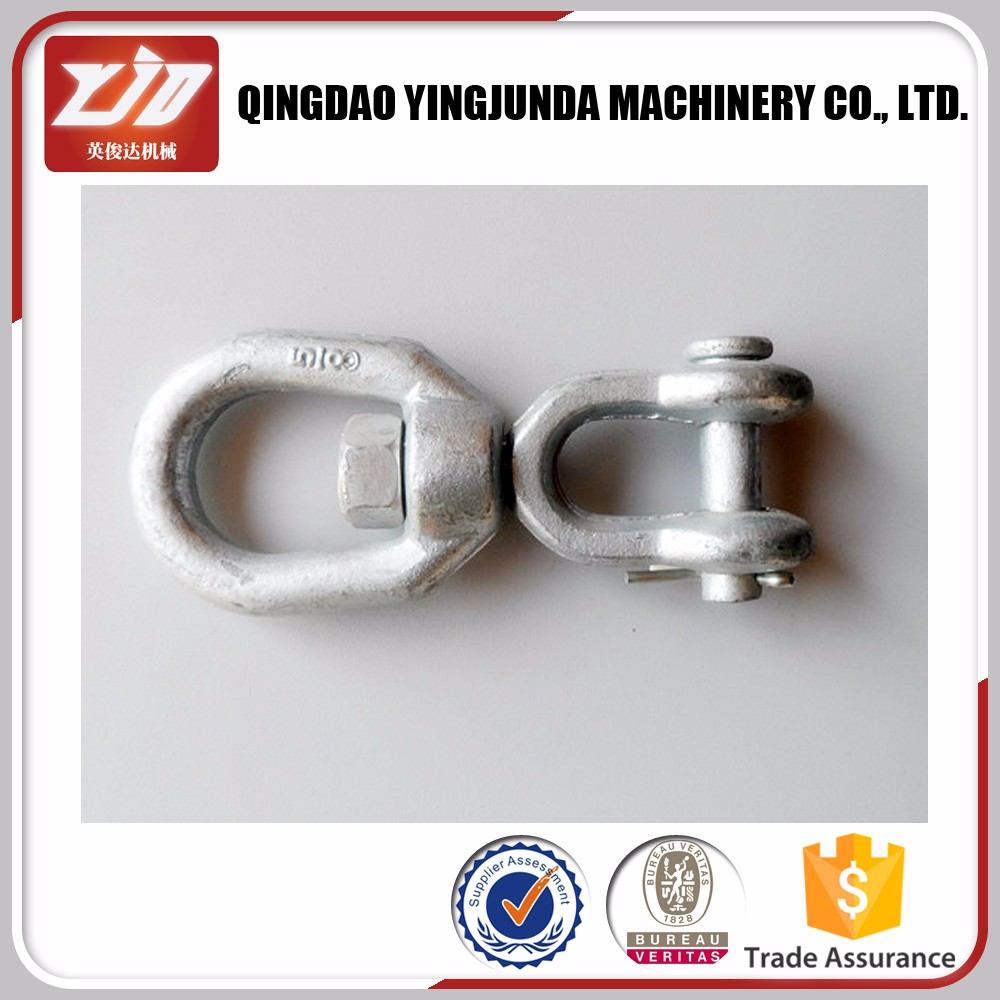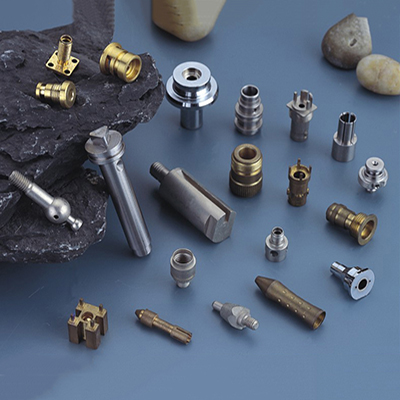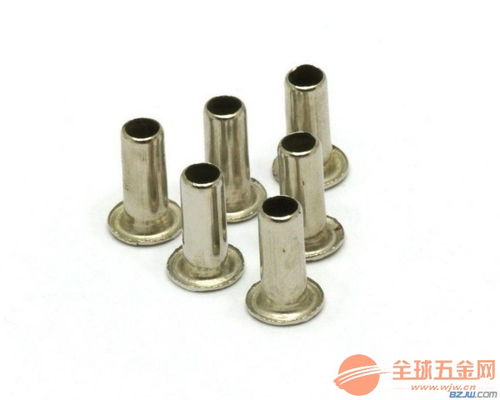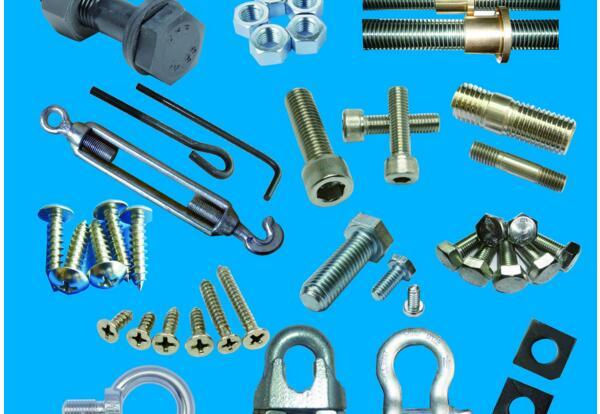Title: Guidance on Technical Standards for Hardware Accessories in Huizhou
Huizhou has recently released technical standards for hardware accessories, aiming to enhance product quality and consumer safety. The standards cover various aspects such as material selection, production process, testing, and packaging. The guidelines require manufacturers to use materials with high mechanical properties and low toxicity. They also emphasize the importance of ensuring consistent quality control throughout the production process, including regular inspections and testing. In addition, the standards specify the necessary tests and procedures for each component of hardware accessories, such as durability, vibration resistance, and electrical safety. The packaging guidelines also require manufacturers to use appropriate labeling and marking to ensure clear communication about the product's features and usage. The release of these technical standards is expected to benefit both consumers and businesses in Huizhou's hardware industry. By promoting compliance with these guidelines, the city hopes to reduce product defects and improve overall safety standards. Meanwhile, businesses that adhere to the guidelines can enhance their reputation and competitiveness by producing high-quality products that meet consumer expectations.
Introduction
Hardware accessories, such as screws, bolts, nuts, and washers, play a crucial role in the construction, manufacturing, and maintenance of various industries. In Huizhou, a city known for its robust hardware industry, it is essential to adhere to strict technical standards when designing, producing, and installing these components. This guide aims to provide technical recommendations and guidelines for hardware accessory manufacturers and users in Huizhou, ensuring the quality, safety, and longevity of their products.
Section 1: Definition and Types of Hardware Accessories
1.1 Definition of Hardware Accessories
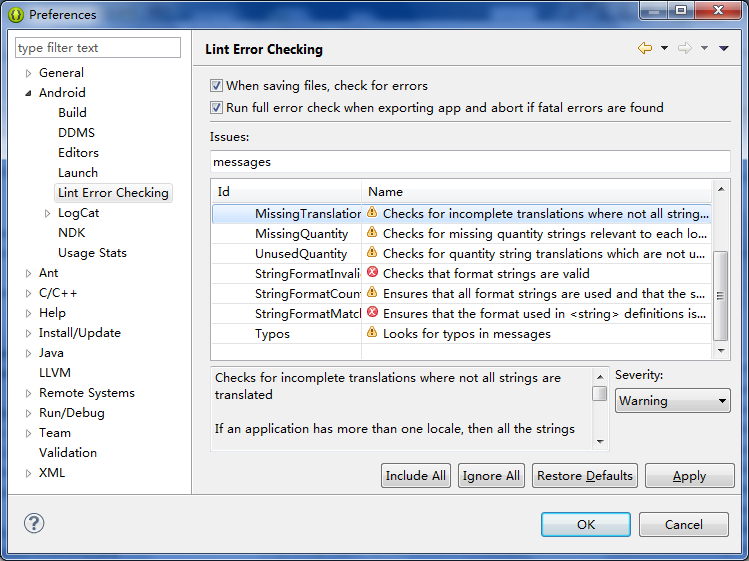
Hardware accessories refer to various mechanical parts used in the assembly, modification, or removal of structures, machines, or devices. They are typically made of metal, plastic, or other durable materials and come in various shapes, sizes, and functions. Common types of hardware accessories include screws, bolts, pins, clips, bearings, springs, and more.
1.2 Types of Hardware Accessories
The following sections outline some of the main types of hardware accessories commonly used in Huizhou and their applications:
a) Screws and Bolts: These are fastening elements used to attach two or more objects together securely. They come in different head styles (round, flat, hex), lengths, and thread counts to suit different needs.
b) Nuts and Washers: Nuts are threaded components used to secure bolts or screws in place. They have a threaded hole that fits into the corresponding slot on the bolt or screw body. Washers are small cylindrical components designed to distribute stress evenly across the surface of the bearing or shaft they are attached to.
c) Castors and Wheels: Castors are rolling wheels with a built-in base that allows them to rotate 360 degrees. They are commonly used in furniture, equipment, and vehicles to facilitate movement or rotation. Wheels come in different diameters, weights, and materials (e.g. steel, aluminum).
d) Springs and Dampers: Springs are elastic materials used to store energy and generate force when subjected to an applied load. They can be coiled, coiled wire forms (coil spring), compression springs, extension springs, torsion springs, etc. dampers are mechanical components that control the flow or speed of fluids (water, oil, air) by restricting or absorbing pressure changes.
Section 2: Technical Guidelines for Designing Hardware Accessories
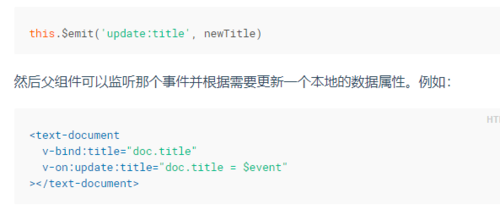
2.1 Materials Selection
When selecting materials for hardware accessories, consider factors such as strength, durability, corrosion resistance, weight, cost, and availability. Popular materials for hardware components include stainless steel (SS), aluminum alloys (AA), titanium alloys (TA), brass (B), and plastics (e.g. PVC, PMMA). Each material has its unique properties that should be carefully weighed against the specific application requirements.
2.2 Thread Diameter and Count
The thread diameter and count of screws and bolts are critical factors in determining their performance. The thread diameter should be large enough to ensure proper engagement with the threaded hole on the other component while being narrow enough not to cause excessive friction or damage to the threads. The thread count determines how many threads the screw or bolt has per inch of length; higher counts result in stronger fastening but also require more space between adjacent threads for proper alignment.
2.3 Head Style and Shape
The choice of head style (round, flat, hex) depends on the specific application and the type of material being secured. Round-head screws are commonly used with wood or plastic components due to their low profile and ease of installation; flat-head screws are ideal for metal components where high tensile strength is required; hex-head screws are versatile and suitable for most applications where a standard screwdriver can be used for installation or removal.
2.4 Length and Thread Pitch
The length and pitch of screws and bolts should be selected based on their intended use and the physical dimensions of the components being joined. Longer screws may be necessary for attaching heavy objects at greater distances from each other; shorter screws may be preferred for closer connections where accuracy is crucial. The thread pitch refers to the distance between two adjacent threads along the length of the screw; lower pitches produce tighter grip but may require specialized tools for installation; higher pitches offer more room for error but also reduce friction during insertion.

Section 3: Technical Guidelines for Manufacturing Hardware Accessories
3.1 Process Controls and Quality Inspections
To ensure consistency and quality throughout the manufacturing process, implement standardized operating procedures (SOPs) for all stages of production. Regularly monitor the performance of machinery and equipment using sensors or visual inspection methods to detect any anomalies or potential issues early on. Conduct thorough quality checks before shipping finished products to ensure conformance to established standards (e.g. material purity, thread accuracy, surface finish).
3.2 Tooling Selection and Maintenance
The right tooling is essential for accurate and efficient production of hardware accessories. Select tools with appropriate specifications for each component being produced (e.g. drill bit diameters for drilling holes in steel sheets). Properly maintain your tooling to minimize downtime caused by wear or malfunctions; replace worn parts as needed and schedule regular maintenance schedules according to manufacturer recommendations.
Articles related to the knowledge points of this article:
Title: Understanding the Usage of Liaoning Local Hardware Parts and Accessories
Pull Basket Hardware Accessories: An Essential Guide
Title: The Advancements and Importance of Smart Door and Window Hardware in Changning District
